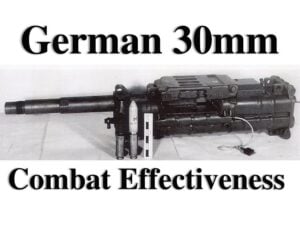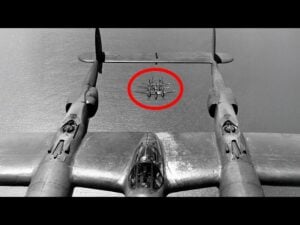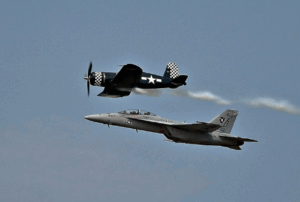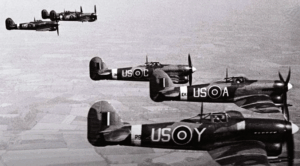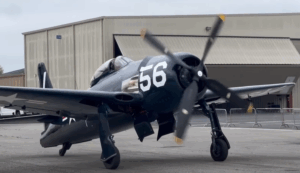5 Reasons Why The Spitfire’s Replacement Was Canned

YouTube / Rex's Hangar
The British-designed Martin-Baker MB.5 was lauded by test pilots for its stellar performance and handling, yet it never entered production. Here’s why this promising aircraft never replaced the Spitfire:
1. Delayed Development

The MB.3 prototype crashed during a test flight on September 12, 1942, killing test pilot and company co-founder Val Baker. This tragedy delayed the second prototype and hindered development.
2. Shifting Designs
Initially powered by a 2,000-hp Napier Sabre engine, the MB.3 was slated to evolve into the MB.4 with a Rolls-Royce Griffon engine. However, Martin-Baker opted for a full redesign, creating the MB.5 instead.

3. Too Late for the War
The MB.5’s first flight on May 23, 1944, showcased exceptional performance. Unfortunately, by then, the RAF was shifting its focus to jet-powered fighters, leaving piston-engine designs like the MB.5 obsolete.

4. Embarrassing Engine Failure
During a Farnborough demonstration attended by Winston Churchill, the Chief of the Air Staff, and other VIPs, the MB.5’s Rolls-Royce Griffon V-12 engine failed—an untimely mishap that hurt its prospects.

5. Limited Production Capability
Martin-Baker lacked the facilities and government funding to mass-produce the MB.5. However, the company pivoted successfully, becoming a global leader in ejection seat technology after Val Baker’s death.














